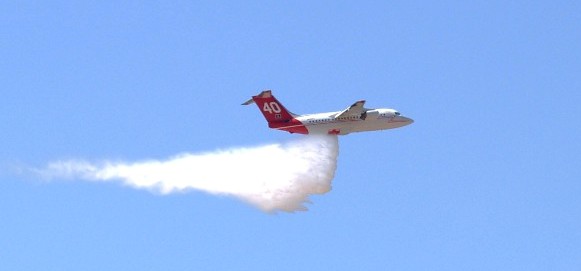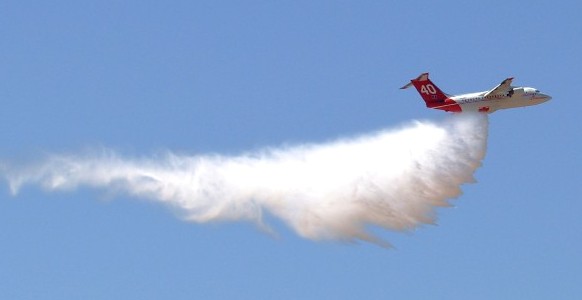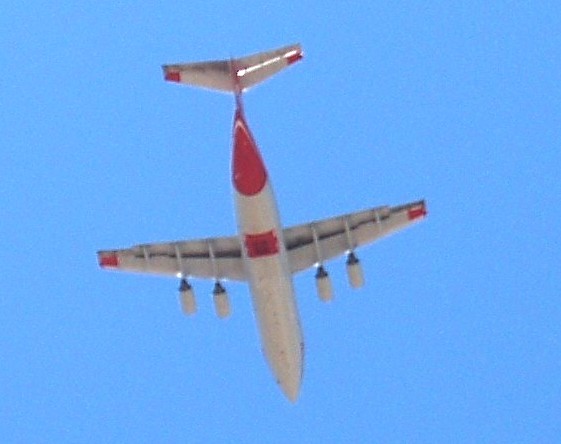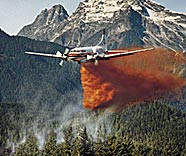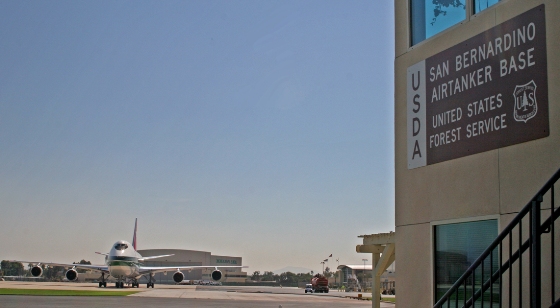We just found out about this incident that occurred in Portugal. From Wikinews:
The Russian Beriev 200 [air tanker] leased to the Portuguese Government suffered an accident last Thursday (July 6, 2006) afternoon, after one of its engines was damaged.
The accident occurred after a refueling operation at the dam of Aguieira, near Santa Comba Dão. As the aerial firefighting aircraft took off at the end of the refueling maneuver in the water – designated as ‘scooping’ – its “left wing hit the top of the trees and the aircraft suffered some damage” to its fuselage, said Colonel Anacleto dos Santos, director of the Cabinet of Prevention and Investigation of Accidents with Aircraft (GPIAA), to the Portuguese newspaper Correio da Manhã.
While hitting the top of the trees, leaves and some wood entered the left engine, which didn’t blow up, but that had to be turned off and the pilot was forced to release fuel for safety reasons. The release of the fuel started small wildfires across the area, reaching some houses, which were quickly extinguished by firefighters and helitack units of the GNR’s Intervention, Protection and Rescue Group.
The airplane was able to do an emergency landing at the Monte Real Air Base, where it’s currently operating from, thanks to the flight experience of one of the Russian pilots. When contacted by the Lusa news agency, National Service of Firefighters and Civil Protection, vice-president Lieutenant-Colonel Joaquim Leitão explained that the repairs will be made by the aircraft company and that all the parts necessary to repair the damages will have to come from Russia, by which the solution for the problem will take “some days”.

Thanks and a tip of the hat go out to Chuck.

